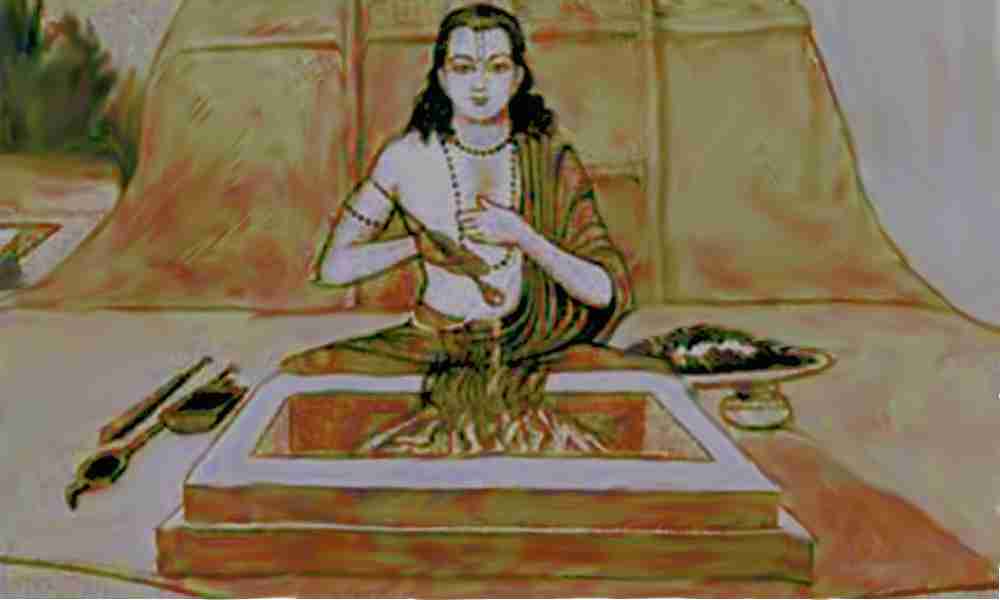

Due to his association, the Atharvaveda is also named ‘ Brahmaveda‘, the Veda of Brahma priest. In sacrificial ceremonies he was supposed to know all the three Vedas, but usually he used to represent the Atharvaveda. Some traditions prescribe that this Veda should be known as Brahma Ritvik who used to supervise the process of Yaga or sacrifice. About one sixth of the text of the Atharvaveda including two entire books (15 and 16) is written in prose, similar in style and language to the Brahmanas, the rest of the text is in poetic verses. Some 1200 verses are derived from the Rigveda. It is a collection of 730 hymns containing 5987 Mantras, divided into 20 books ( Kandas). It is the Shaunaka-Samhita that is frequently meant when the Atharvaveda is mentioned in ancient and modern literature. Angiras too were a group of schools and priests.Īccording to Patanjali, Atharvaveda had nine Shakhas, but the Samhita of the Atharvaveda is today available only in two rescensions – the Shaunaka and the Paippalada. The oldest name, however, by which this Veda is known in Indian literature is ‘Atharvangirasa-Veda’, that is the ‘Veda of the Atharvans and the Angiras’. ‘ Atharvan‘ originally means ‘priest’ and the Mantras in the Atharvaveda-Samhita were brought to light by Rishi Atharva.Īccording to the etymology of the Nirukta, Atharvan is the name given to a stable-minded person who is immovably firm i.e., Yogi.

Atharvan denotes directions and mantras especially in connection to ward off evil and hardship and also contains philosophical thoughts. The Veda of the Atharvanis the Atharvaveda. Kerala School of Astronomy and MathematicsĪtharvaveda Samhitas A.Continuity of oral and textual traditions of the Vedas.


 0 kommentar(er)
0 kommentar(er)
